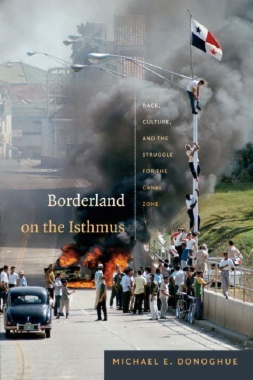The construction, maintenance, and defense of the Panama Canal brought Panamanians, U.S. soldiers and civilians, West Indians, Asians, and Latin Americans into close, even intimate, contact. In this lively and provocative social history, Michael E. Donoghue positions the Panama Canal Zone as an imperial borderland where U.S. power, culture, and ideology were projected and contested. Highlighting race as both an overt and underlying force that shaped life in and beyond the Zone, Donoghue details how local traditions and colonial policies interacted and frequently clashed. Panamanians responded to U.S. occupation with proclamations, protests, and everyday forms of resistance and acquiescence. Although U.S. "Zonians" and military personnel stigmatized Panamanians as racial inferiors, they also sought them out for service labor, contraband, sexual pleasure, and marriage. The Canal Zone, he concludes, reproduced classic colonial hierarchies of race, national identity, and gender, establishing a model for other U.S. bases and imperial outposts around the globe.
- Contents
- Acknowledgments
- Introduction
- 1. Borderland on the Isthmus: The Changing Boundries and Frontiers of the Panama Canal Zone
- 2. Race and Identity in the Zone-Panama Borderland: Zonians Uber Alles
- 3. Race and Identity in the Zone-Panama Borderland: West Indians Contra Todos
- 4. Desire, Sexuality, and Gender in the Zone-Panama Borderland
- 5. The U.S. Military: Armed Guardians of the Borderland
- 6. "Injuring the Power System": Crime and Resistance in the Borderland
- Epilogue: The Zone-Panama Borderland and the Complexity of the U.S. Empire
- Notes
- Bibliography
- Index

